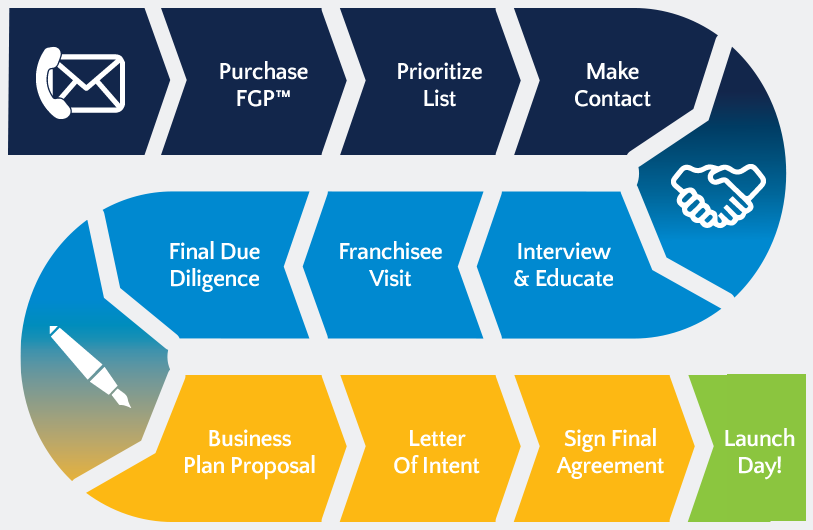7 Ways to Turn Email Prospects Into Sales
Great sales and marketing require a balance of art and science, which is why experimentation is encouraged – especially when it comes to email marketing.
So where should you focus your creative efforts? Where should you apply rules and processes? Here are some tips from experience and best industry practices to make it a bit less daunting.
- Subject Lines – keep them short … and test.
Even if you have the best body content in your email, to be successful, your email must be opened. Your subject line needs to be strategically crafted (about three to nine words long), with planned A/B testing and possible follow-up messaging to those that open but don’t reply. While you can’t put your entire pitch in the subject line, you should make it personal … and it should highlight what you can do for them.
- Email Body – brief, direct, personalized CTA.
If you want to stand out, customize and personalize. You’ve put the time and effort into finding the perfect leads – now focus on a message that will intrigue them and address their needs. At this early introductory stage, be brief … direct … and don’t be selling. Your goal is to pique their interest and, if possible, foster familiarity through some common ground. Individualize each email so that the recipient views it as a natural message that they would get from a helpful colleague or peer in the industry. Go further than just changing the name on a stock email. Dig deep using the prospect data fields that are available to personalize. Finish with a low-pressure CTA to schedule a call or demo and be sure to include your full signature.
- Imitation is the sincerest form of flattery.
Thanks to the omnipresence of information online, replicating an existing successful franchise model under a different brand name is simple – and getting increasingly hard to protect against. Before, a franchisor could preserve its brand identity because it was harder for others to learn about its operations, locations, marketing tactics, and business strategy. Today, entrepreneurs halfway around the world have everything at their virtual fingertips to research and create a similar enterprise at home.
- No HTML
This may be a controversial one for some marketing pros and agencies, but from our experience, images, graphics, etc. do not increase open or reply rates in most B2B scenarios. There are, of course, examples of these styled campaigns that perform well for certain brands and target audiences. In general, however, natural-style emails receive more opens and replies than any other style when executed well.
- Copy Proofing
You’ve already invested time in framing your approach and gathering a target audience, so don’t skip this critical editing step. It should be an automated part of your content creation process, using experienced copy professionals to correct spelling, grammatical, and word choice errors.
These simple mistakes will damage authority and credibility with your prospects, making it more likely for them to delete your message – especially since you haven’t established a relationship with them yet.
- Timely Replies
You’ve done the work, now comes the reward: warm prospects. Don’t wait for them to shop, but at the same time, don’t be creepy. Same-day replies or call follow-ups are expected. Email auto replies acknowledging inquiry receipts are acceptable but should be looked at on a case-by-case basis.
Most importantly, have a plan in place and a proven process for handling incoming interest. Seamless follow-up, education, and on-boarding will ensure that you optimize the ROI on your investment.
- Tracking and CRM
Soon, new leads will blend with existing ones … and you’ll want to make sure nobody gets left in limbo. For this, there are easy-to-use reports that will tie campaign results for opens, replies, and other metrics and are packaged in a transferrable file. These friendly formats are flexible to upload to all major CRM systems and integrate into pipeline tracking, funnel progression, and closing metrics to tie campaigns to results.
The bottom line? Keep it professional with a balance of useful personalization. Stick to these time-honored tips and you’ll be ahead of the game when it comes to maximizing your sales and marketing arsenal.

